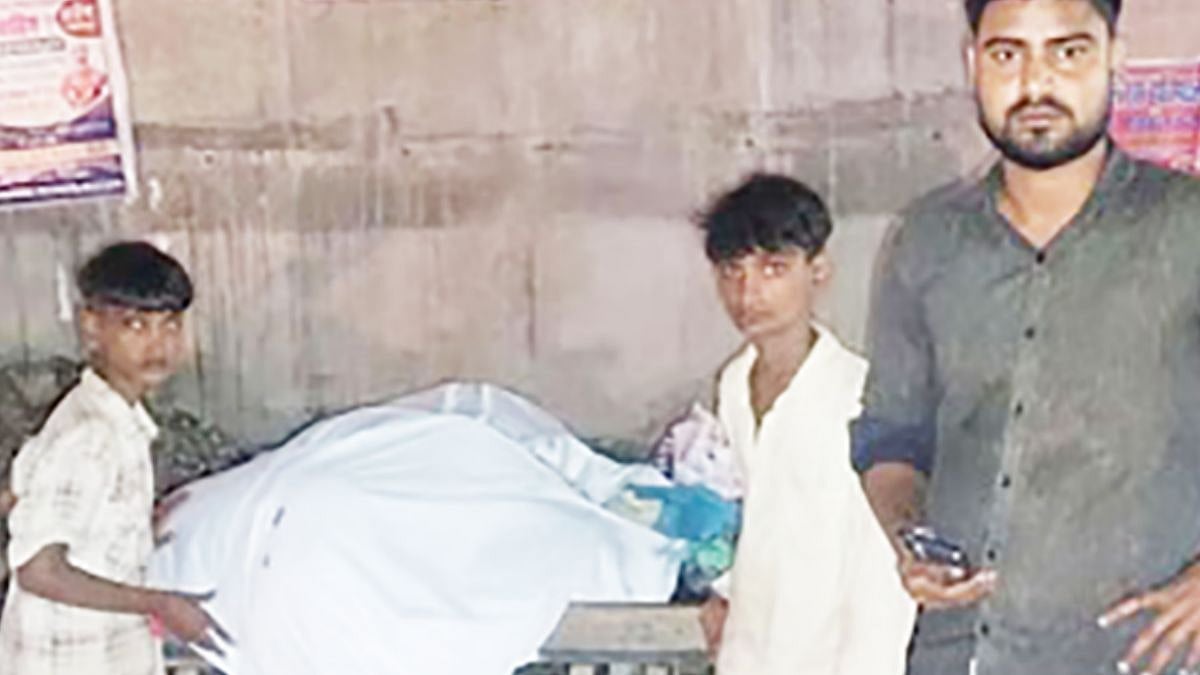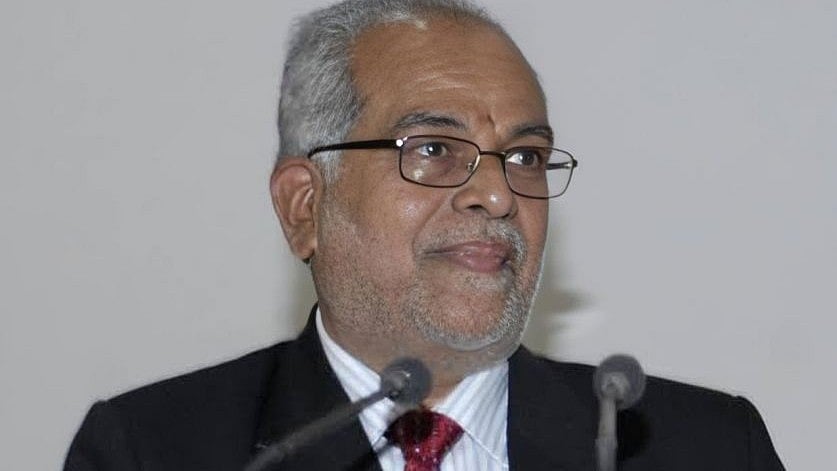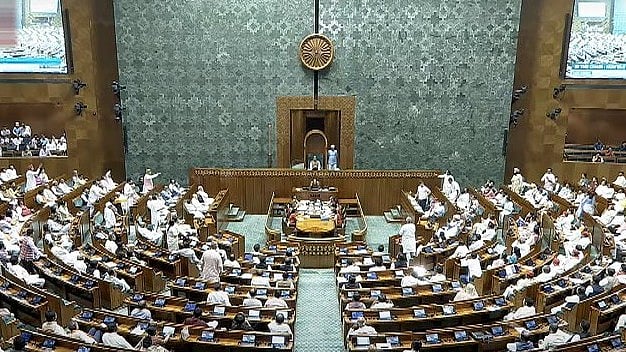This is a book on a subject that should shake us all up: When the Drugs Do not Work: The Hidden Pandemic that Could End Modern Medicine. The writer is Dr Anirban Mahapatra, a US-based microbiologist. It is a gripping read and deals with the growing threat of antibiotic-resistant superbugs.
It is hard to imagine a world without antibiotics. A world where existing drugs have become ineffective through overuse and irrational use is just as chilling. That world is already here.
Common infections are becoming harder to treat, leading to longer hospital stays and higher medical costs. The World Health Organization (WHO) has declared AMR as one of the top 10 global public health threats facing. Bacterial AMR was directly responsible for 1.27 million global deaths in 2019 and contributed to 4.95 million deaths. It is also fast emerging as a critical economic, political and social challenge of our times.
According to The World Bank, low-income countries would experience larger drops in economic growth and the impacts of AMR on gross domestic product. As an Indian, the theme resonates.
India is one of the largest consumers of antibiotics. India is simultaneously a global hotspot of antimicrobial resistance (AMR), though by no means the only affected country. AMR is a growing threat also in Southeast Asia where I spend part of the year. A October 2023 report in The Lancet Regional Health - Southeast Asia noted that in the WHO South-East Asia Region (Bangladesh, Bhutan, Democratic People's Republic of Korea, India, Indonesia, Maldives, Myanmar, Nepal, Sri Lanka, Thailand, Timor-Leste), four million people died in 2019 due to sepsis as an immediate or intermediate cause of death. Out of all these deaths attributed to sepsis, 62% were caused by bacterial infection and the rest of the 38% were caused by other pathogens such as viruses, fungi, and parasites. Out of the deaths due to bacterial infections, between 0.39 and 1.41 million people died because of bacterial AMR. While all member states of the WHO Southeast Asia Region have developed national multisectoral action plans, implementation remains a challenge.
Irrational and inappropriate use of antibiotics combined with lack of information and awareness are driving the spread of AMR which occurs “when bacteria, viruses, fungi and parasites no longer respond to antimicrobial medicines,” as the WHO explains.
Clearly, there is an urgent need to address the layered challenge that AMR poses, and which was exacerbated by the Covid-19 pandemic when hospitals, deluged with patients, saw a surge in antibiotic prescriptions for Covid-19 cases, despite antibiotics being ineffective against viral infections. This irrational use of medicines led to many germs becoming resistant to antibiotics and transformed simple infections into serious health threats.
Many people view resistance to antibiotics solely as an adherence issue - people not sticking to the prescribed dosage and schedule, opting for self-medication, popping antibiotics when it is not necessary. But irrational consumption of antibiotics is part of the AMR story, not the whole. The current situation is the cumulative effect of the misuse and overuse of antimicrobials in humans, animals as well as plants. Experts point out that over 70% of antibiotics – including drugs of last resort – are used to fatten animals meant for consumption.
The sustainable approach to AMR is ‘One Health’, a framework that stresses the interconnectedness of human health, agriculture, and animal health, together with the environment. There have been some important initiatives in this direction. The Quadripartite Collaboration on One Health, consisting of the Food and Agriculture Organization of the United Nations, the United Nations Environment Programme, The World Health Organization and The World Organisation for Animal Health developed the One Health Joint Plan of Action (2022–2026) to integrate systems and capacity to better tackle health threats collectively. The Quadripartite recently launched the ‘Antimicrobial resistance media engagement toolkit’ to help journalists address AMR.
In India, the Delhi-based Centre for Science and Environment (CSE) has come out with a new report Priorities of LMICs to Inform the High-Level Meeting on AMR at UNGA 2024. Last month, Thailand hosted the 4th National Forum on Antimicrobial Resistance in Bangkok. The forum brought together experts and policymakers from diverse sectors to brainstorm the latest strategies and progress in combating AMR. There is growing research interest on AMR in the country underscoring the gravity of the situation. Thai researchers are talking about the overuse of antibiotics in agriculture, stressing the need for stricter regulations and public awareness campaigns, government initiatives to promote responsible antibiotic use through educational programmes in schools and communities, seeking to reduce misuse and over-prescription. Thailand is also stepping up its efforts to combat AMR at global level. In May this year, Thailand joined 25 other Asia-Pacific countries in endorsing a joint position paper on AMR at the World Health Assembly in Geneva. This initiative, led by Japan, aims to accelerate action against AMR over the next five years and will be presented at the United Nations General Assembly High-Level Meeting on AMR in September 2024.
These are welcome initiatives. More needs to be done. Diarrhoeal diseases, lower respiratory infections and tuberculosis are among India’s top 10 killers. These are also the top diseases impacted by rising AMR, especially drug-resistant TB (DR-TB). India has over 8,000 pharmaceutical manufacturers. Experts have been pointing out that the release of pharmaceutical and hospital waste products into the water systems worsens AMR. Inadequate treatment of waste waters along with injudicious use of antimicrobials are fuelling AMR in India.
One key cautionary message – one needs to be wary of quick fixes or magic bullets to address AMR or “The over reliance on antibiotics as a cure-all quick fix, without asking more basic questions about sanitation, hygiene, or self-limited nature of most infections,” as scientist and author Mahapatra, puts it.
Policymakers, whether in India or elsewhere, can no longer ignore the growing danger of antimicrobial resistance and its multiple drivers. There are critical finance and access gaps that need to be addressed. The cost of inaction – an unprecedented health and economic catastrophe.
Patralekha Chatterjee is a writer and columnist who spends her time in South and Southeast Asia, and looks at modern-day connections between the two adjacent regions. X: @Patralekha2011






.jpg)



